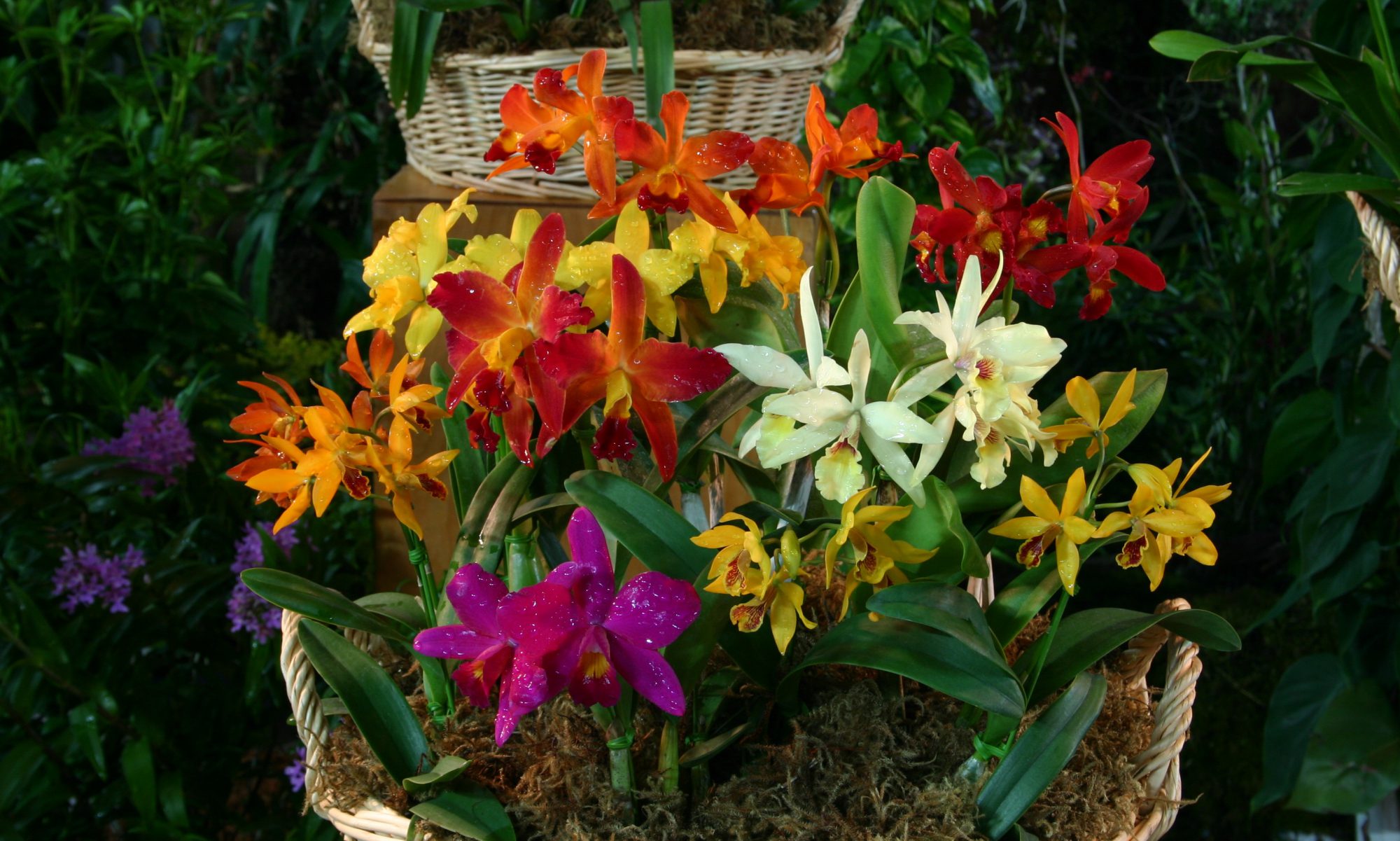Platycerium bifurcatum, commonly known as the staghorn fern or elkhorn fern, is a modestly cold hardy subtropical epiphyte native to eastern Australia and parts of the the East Indies. Though no species of the genus Platycerium can be called truly cold hardy, this species is capable of handling temperatures down to 27 F (-3 C) with minimal damage. This article chronicles a plant I’ve grown in my yard in southern Japan for the last 11 years – a climate that has tested the boundary of its cold resistance many times.
P. bifurcatum is without a doubt the most commonly propagated member of this relatively small genus of epiphytic ferns (~18 known species). Like many ferns, these grow two types of fronds, fertile and infertile. The fertile fronds are elongate, leaf-like and bear spores, while the infertile fronds (also called shield fronds because of their flat, spreading habit) have no spores. In P. bifurcatum the fertile fronds are forked (bifurcate), looking like a deer’s antlers. The shield fronds grow more or less flat against whatever they are mounted on, and are roughly circular in shape. In time plants can form formidable clumps, spreading by “pups”, or offshoots that grow off small stems (called rhizomes), just below the shield fronds. Large clumps can grow to nearly the size of a small car!

P. bifurcatum is the most commonly available cold hardy staghorn fern. Only one other species is perhaps even more cold hardy, that being P. veitchii, which is said to handle 25 F (-4 C) without suffering. P. bifurcatum is reliably cold hardy down to 27 F provided that any given frost event is not terribly long, and the following summer is long and warm enough to allow it to recover fully. It can even take down to 24 F (-4.5 C), but events like this must be very sporadic, or the plant will not be able to recover.
I moved to my current house in the fall of 2004. It is situated on the edge of some moderately tall mountains (up to 3000 ft, or 900 m elevation), and is approximately 3 miles (~5 km) from the sea. The region rarely sees below 27 F, but can get down to 23 F (-5 C) on occasion. Winters are relatively short, starting in earnest by mid to late December, and finishing by late February. During this time frosts are frequent, but usually last no more than a day. Average temperatures during this period normally are 43-45 F (6-7 C) overall, with highs around 48 F (9 C) and lows just above freezing. Winter rain is frequent, but usually light to moderate. Snow is also common, but short lived, normally melting within a few hours of accumulating.
By contrast, both spring and fall are long and mild. The frost free months extend from early April through late November or early December. Spring is followed by a strong summer monsoon, lasting from early June to late July. Temperatures during this period are warm, averaging around 77 F (25 C), and most days are cloudy with at least some rain. From late July through mid September is the real heat, with daily highs averaging between 90-93 F (32-34 C), and lows only down to 79-83 F (26-28 C). This is a time of true tropical heat.
I mention all of this to give a context for describing how P. bifurcatum has performed in my garden over the last decade. Based on my results, you can get an idea of whether your climate will be suitable to try this one outdoors or not. I will add that my plant has received no special winter protection, not even from snow. So lets see how it has progressed through the years, and what setbacks it has also endured.
Continue reading “The staghorn fern, Platycerium bifurcatum, a cold hardy subtropical fern”



























